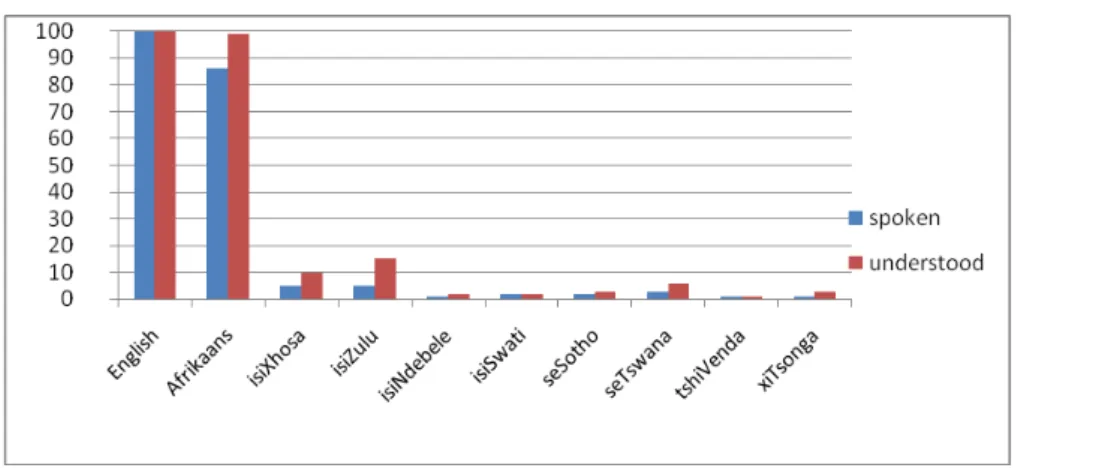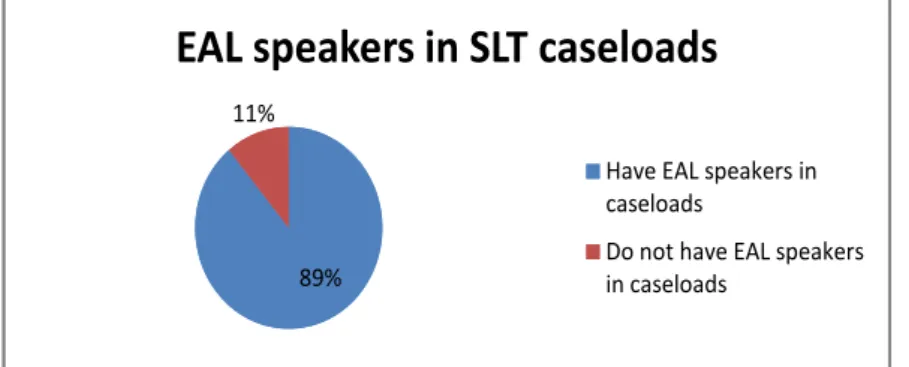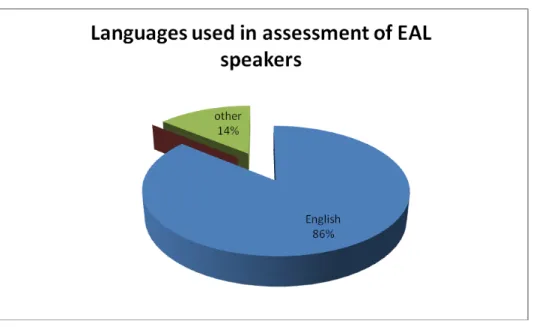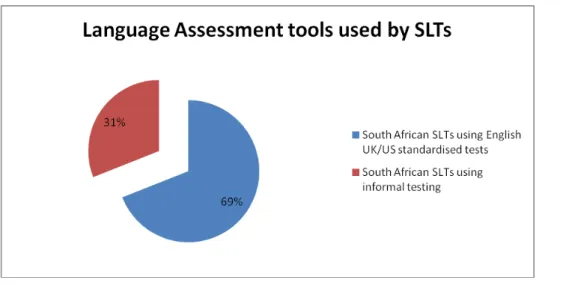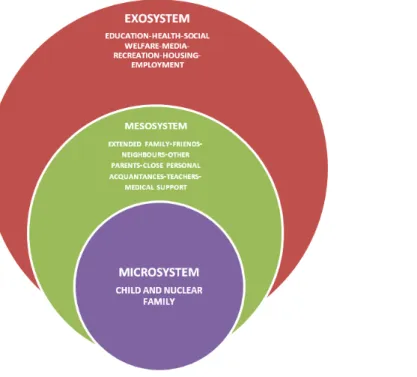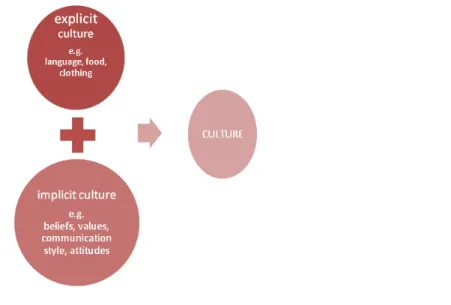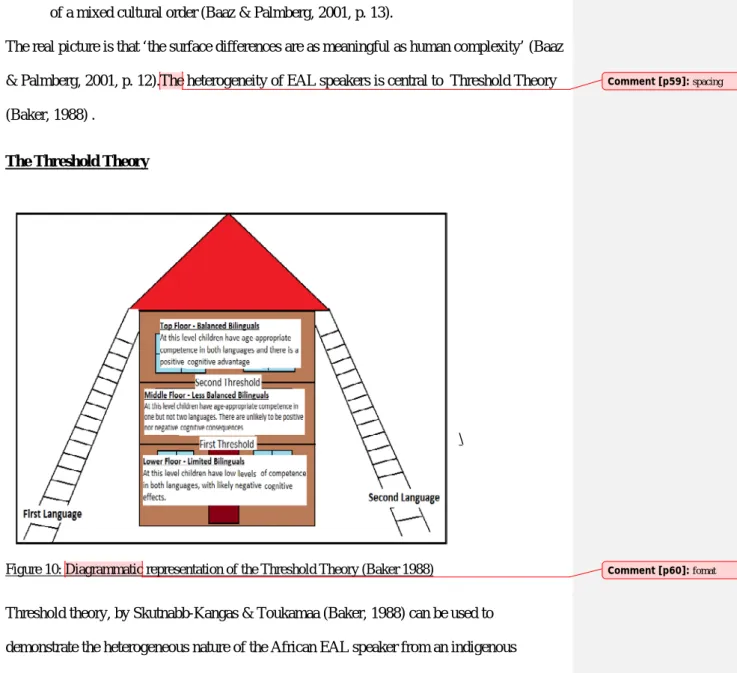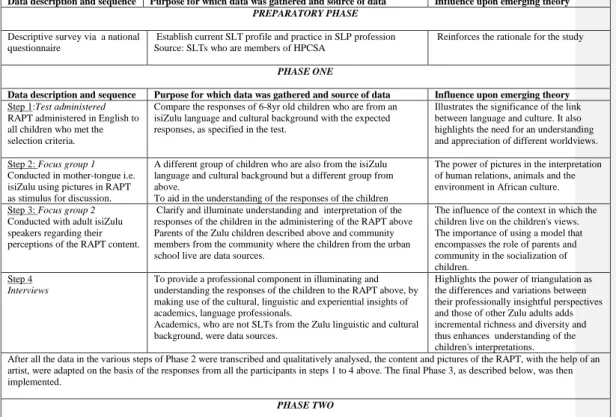In this study, the children's voice is the main contributor to the data collection. However, the introduction of the Group Areas Act resulted in the family moving to the remote town of KwaMlungisi kuKomani (Queenstown). Since it was the first time I had heard of this profession, my curiosity was further piqued.
AIM OF THE STUDY
However, there is a risk I am aware of that comes with such a personal investment in the study. A brief window into the historical, social and professional context of the study will be provided in the next section. A key term that appears in the title and in the rest of the study is English Additional Language (EAL).
ENGLISH ADDITIONAL LANGUAGE SPEAKER
Africans of indigenous language and cultural background were “othered” and their voices silenced. The selection of South African EAL speakers from an indigenous language and cultural background is an attempt to develop this revised epistemic framework. It is also used to demonstrate the challenges and ethical dilemmas faced by SLT when assessing EAL speakers from indigenous language and cultural backgrounds, while suggesting guidelines for dealing with some of these challenges.
LANGUAGE, CULTURE AND SPEECH-LANGUAGE PATHOLOGY IN SOUTH AFRICA IN SOUTH AFRICA
As both South Africa and the SLP profession have a history of unequal distribution of resources (Pillay, 1997), the Critical Theory framework is useful as it focuses on the unequal distribution of resources in society to the detriment of certain vulnerable groups. The issue of language assessment is a social issue that is also linked to the history of South Africa (Engelbrecht, Kriegler, & . Booysen, 1996). South Africa's recent history of colonialism and apartheid has entrenched issues of power and hegemony that have permeated all levels and structures of society, including the SLP profession.
RATIONALE FOR A REVIEW OF HOW ASSESSMENT TOOLS ARE CURRENTLY USED CURRENTLY USED
Comprehensive data from various aspects of the client's life are collected, using various tools that take linguistic and cultural factors into account, critiqued and adapted, taking into account all possible contributing factors, including language and culture, in order that the product is an accurate reflection of the client's language ability. In this case, this child's response is acceptable if interpreted by an SLT using the child's frame of reference, but unacceptable if the SLT is unaware of the child's linguistics. Adherence to these guidelines presents a distorted reflection of the language ability of an EAL speaker from an Indigenous language and cultural background, and SLT may pathologize a child who presents with a language change.
OUTLINE OF STRUCTURE OF THE STUDY
This model is used as a conceptual framework for the study and is discussed in detail. An in-depth discussion of the results and interpretation of the results is completed in this chapter. In this final section, a summary of the findings and implications of the study is presented.
THE RESEARCH SURVEY
The survey results indicate that EAL speakers are currently mostly assessed by SLTs who come from different linguistic and cultural backgrounds to those of the clients. Thus, clients are currently being assessed by SLTs who not only do not speak or understand an African language, but also have a limited understanding of the culture associated with it. The results further showed that 86% of the SLTs used English in the assessment of EALs (see diagram in Figure 3).
EAL speakers in SLT caseloads
RENFREW ACTION PICTURE TEST( RAPT)
The results of the national survey on SLTs, discussed in this chapter, revealed that the RAPT is one of the most commonly used screening tests for language development by respondents in South Africa for all clients, including African EAL speakers, who come from an indigenous language and cultural. background. As the standardization of the test was based on Western culture and experience, thereby reflecting a Western worldview, the content of the test is based on the experiences of participants with a British context, as acknowledged by the developers of the test in the administration manual (Renfrew 1997a). It is important to consider certain factors when exploring language assessment of children from an indigenous linguistic and cultural background.
THE AIMS AND OBJECTIVES OF THE STUDY .1 Aim .1 Aim
- Objectives
- Key questions
Propose a framework for adapting the English language screening tool for EAL-speaking children from indigenous linguistic and cultural backgrounds. How does this affect the outcome of the assessment and the resulting consequences for the child being assessed? What is the linguistic relevance of language assessment tools currently used for children who are from Zulu culture and are native isiZulu speakers.
CRITICAL THEORY
Adherence to the status quo can constitute a form of oppression as it can ignore the values and belief systems in certain sectors of the population. The reality of the South African context is that White South Africans directly or indirectly and consciously or unconsciously benefited from a system that oppressed the rest of the population. This process must be undergone by both the oppressed and the oppressor because the oppressed come to a point where they accept the oppression as the norm (Biko, 2004; Owomoyela, 1996).
INTRODUCTION
LANGUAGE AND CULTURE
For example, a picture of a thermometer is one of the stimuli in the Oral Vocabulary Subtest of the Test of Language Development (TOLD-P), a tool used to assess expressive (the orally produced language) and receptive language (the understood language). . (Hammil & Nieuwkomer, 2008). In the cow example given earlier, the child's answers are not part of the options the test provides for the SLT to take into account. Thus, an SLT would mark the answers as incorrect because they are not reflected in the answers in the test administration manual.
CULTURE AND ITS ROLE IN LANGUAGE ASSESSMENT
The transformation of relationships between family and society and young people is part of the topic that is explored in more detail in this study, interpersonal relationships. Skills dimension: the ability of members of a social group to adapt to the social and economic demands of their environment. This aspect of culture refers to the dynamic and ever-changing nature of culture, which is often influenced by the social and economic demands of the cultural group's environment.
Miller (1984) highlights key issues that challenge the language assessment process, such as the child's learning environment, learning experience, attitudes of service providers, language maintenance and mother tongue resources. 44 Payment by the groom to the bride's family that is part of the exchange of gifts during the marriage process and negotiations. The attitudes of service providers, such as SLTs, to this prior knowledge will influence the outcome and quality of service they provide (du Plessis, 2010a, 2010b; Duncan, 1989).
Regardless of the child's native language, these resources should reflect this (Miller, 1984; Solarsh & Alant, 2006; Sperber, 2004). All of these concepts will relate directly to the responses of the children in the study in Chapter 6. Lack of understanding of the client's cultural background deprives the SLT of an opportunity to gain an emic view that informs the client's response and behavior.
In addition, family and community play an important role in the development of language in the context of culture.
TAYLOR’S CONCEPTUAL FRAMEWORK
Based on this connection between language and culture, the SLT is compelled to conduct language assessments that take into account the culture in which language develops in order to obtain valid and accurate findings that will be culturally and linguistically relevant.
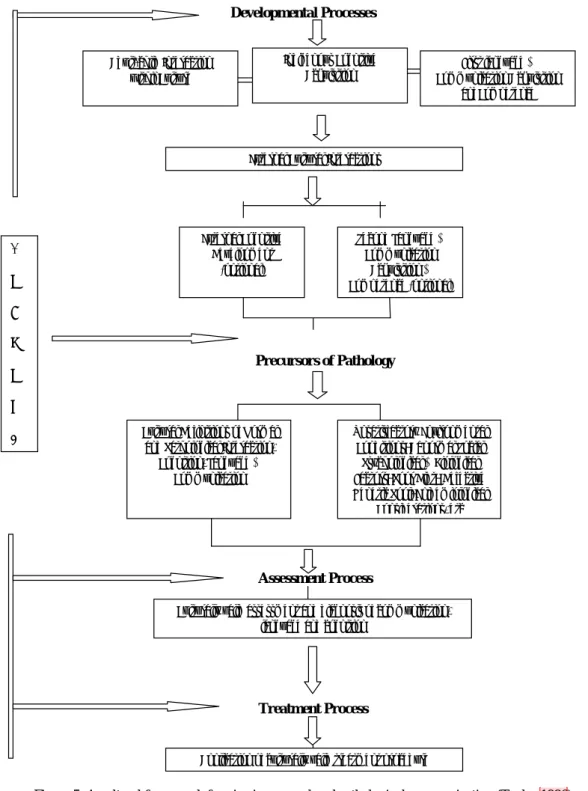
Developmental issues
Suzman (1991) reports that by the age of three, the Zulu child is using adult language and has acquired communicative competence consistent with that of adults in Zulu culture. However, the development of the second language (L2) follows a different process than the development of the first language (L1), i.e. other media that expose the child to other languages and cultures include radio, television, visual marketing, e.g. billboards and cell phones, resulting in what Taylor describes as optional development of the external culture.
When assessed, the interpretation of the words and pictures presented by the child may be from the perspective of Zulu culture. The first issue raised by Taylor (1994) in this model under the developmental component is that the development of exogenous language and culture is secondary to the development of indigenous language and culture. Therefore, the main language and culture plays an important role in the perception and interpretation of the world around them.
For example, an expressive language assessment should assess the language and culture of the indigenous language, i.e. the SLT should recognize and consider the influence of this primary language and culture in interpreting responses. Second, the adult who is part of the family and community plays a crucial role in the development of the child's language and culture.
Thus, the views and perceptions of the isiZulu native speaker child will be significantly influenced and shaped by the parents and the community from which they come (Solarsh & Alant, 2006; Westby, 2009).
Assessment
- Is the symbol system in which the competencies are represented familiar to the person being assessed?
- Are there alternative symbol systems for assessing the competencies of interest?
- Is the value system, which is implicit in the competencies, shared by the person being assessed?
- Is the language system that is used to communicate the competencies familiar to the person being assessed?
- Are there alternative language systems for assessing the competencies of interest?
- Is the level of complexity in the competencies assessed commensurate with the prior knowledge of the person assessed?
- Are there motivational factors within the primary settings that are likely to enhance or hinder performance on the competencies assessed?
- Are there opportunities for assessing the competencies of interest in more than one primary setting?
- Are there factors operating within the primary settings that can inhibit or promote performance on the competencies assessed?
- ROLES OF RAPT IN STUDY
- SA’S LANGUAGE AND CULTURAL REALITY
- SOUTH AFRICAN CONTEXT: SLT AWARENESS, TESTS AND CHANGE
- POLICY, LANGUAGE AND EDUCATION
- ENGLISH LANGUAGE IN THE SPEECH-LANGUAGE PATHOLOGY PROFESSION
- ORIENTATION
- PREPARATORY PHASE
- PHASE 1
- PHASE 2
- RIGOUR
- ETHICAL AND LEGAL CONSIDERATIONS
Is the level of complexity in the competencies being assessed commensurate with the prior knowledge of the person being assessed. It therefore does not accommodate the indigenous language and culture of the African EAL speaker and acknowledge this in the test manual. The transfer or interference of the features of L1 onto the L2 (also referred to as the additional language in this study) is known as language transfer or interference (Baker, 1995; Labov, 2010; Myers-Scotton, 2006).
A more in-depth explanation of the RAPT and its roles in the study was provided. There are points assigned for the information and grammar of the answers given by the child. In selecting the children for this research, I relied on the criteria suggested by Hill, et al.
Due to the small numbers of the children (see table 8), the participants in the children's focus group were not separated by gender.
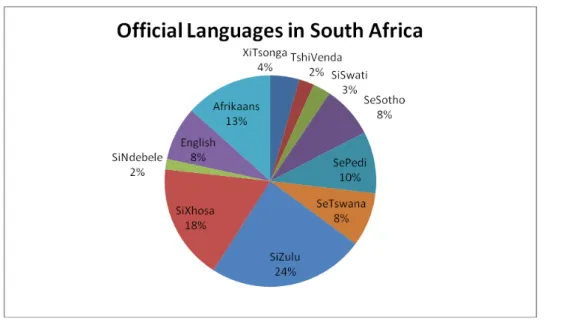
PRELUDE TO CHAPTER 5
PHASE 2 - INDIVIDUAL ADMINISTRATION OF RAPT, FOCUS GROUPS AND INTERVIEWS
- HUMAN RELATIONS AND RESPECT
- What is the girl doing?
- What has happened to the girl?
- What has the BIG girl done?
- What is the boy doing?
- WHAT ABOUT THE CAT?
- What has the cat just done?
- Tell me what the man is doing
- REVISTING THE RESEARCH INSTRUMENT
- COMPARISON OF THE URBAN AND RURAL CHILDREN’S VOICES
- COMPARISON OF THE CHILDREN’S VOICES AND THE PARENT/COMMUNITY’S
The academics have no relationship with the children in the study and have limited knowledge of the basis for the children's responses. A shoe was used in the photo because most children referred to the footwear as “shoes.” The outcome of the responses to this photo shows how important the children's voices are in setting test standards.
Key words that give meaning to the picture were not commonly found in the responses of the children in the study. Most of the vocabulary in the test was consistent with the vocabulary used by the children in the study. Children may know riding, but not in the context of the picture, ie.
The academics' responses did not match the children's responses to the photos. The different perceptions of pets in African and Western cultures highlighted by the academics were also reflected in the children's responses. Minor changes were made to this image as most children could relate to it.
There is general consensus among children and all adults (parents, academics, and community members) to understand the picture. They saw the role of the man in the photo as protecting the house from damage by the cat on the roof, e.g. Some of the themes that emerge include differences in the responses of children from urban and rural areas.
